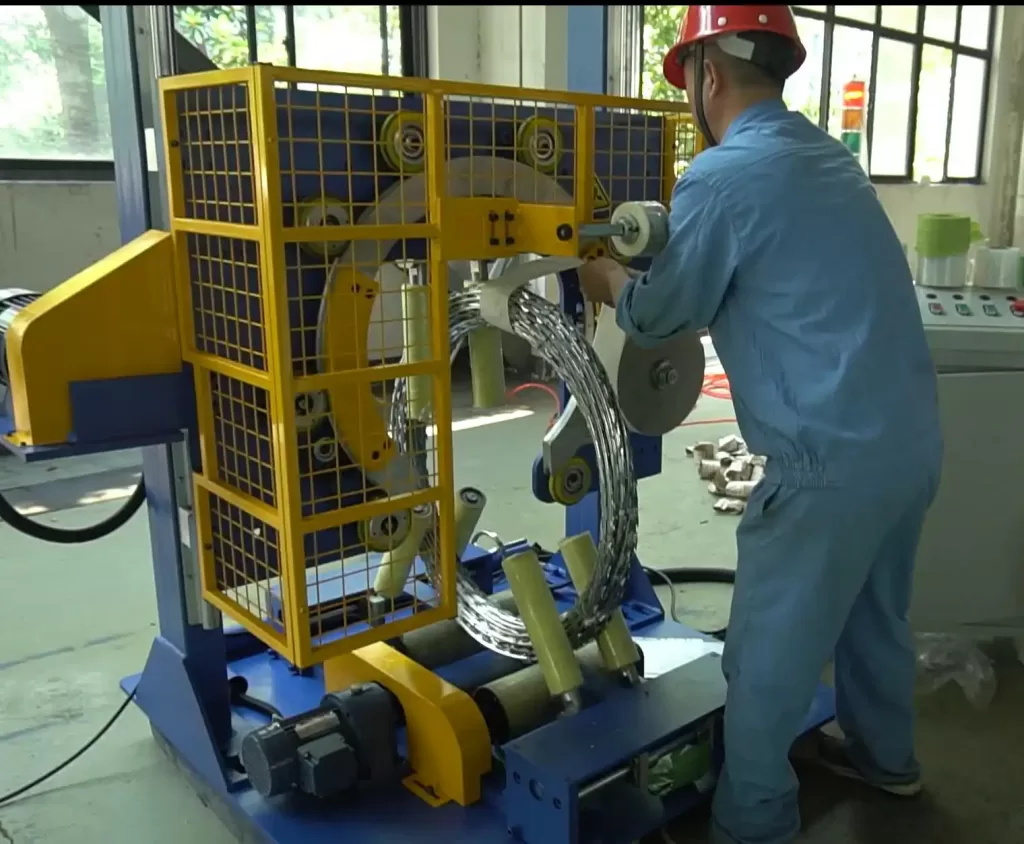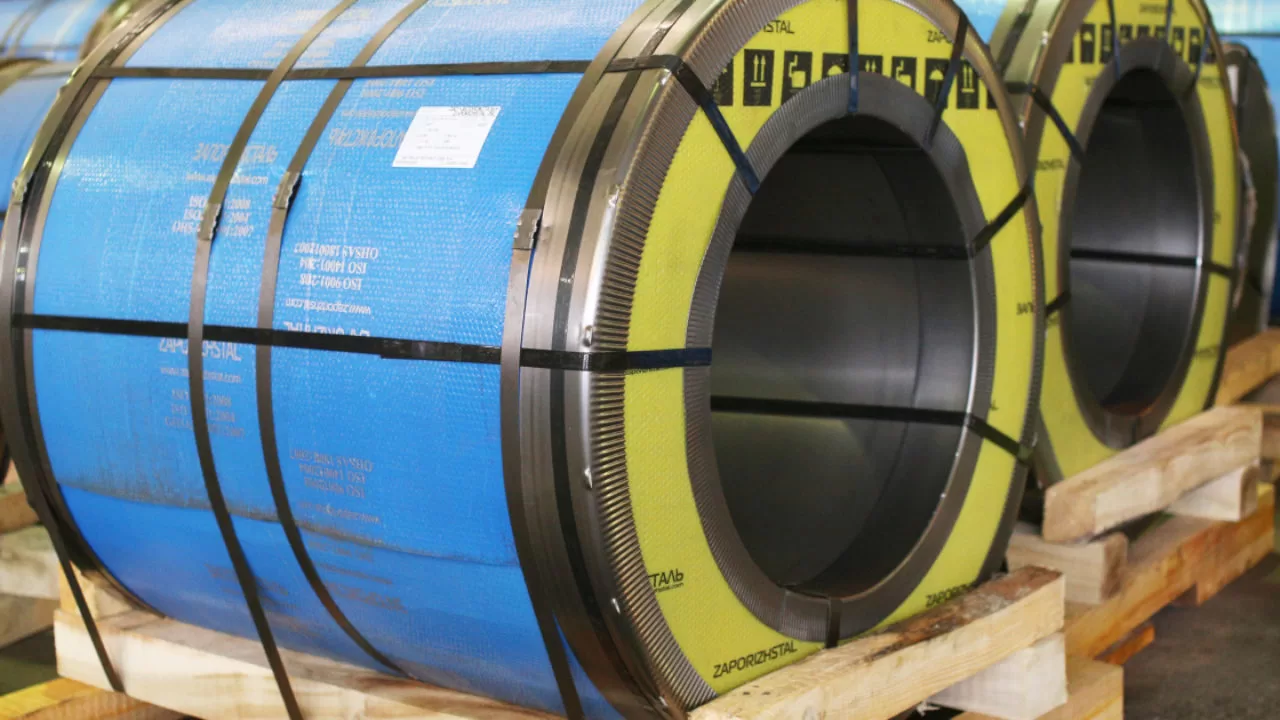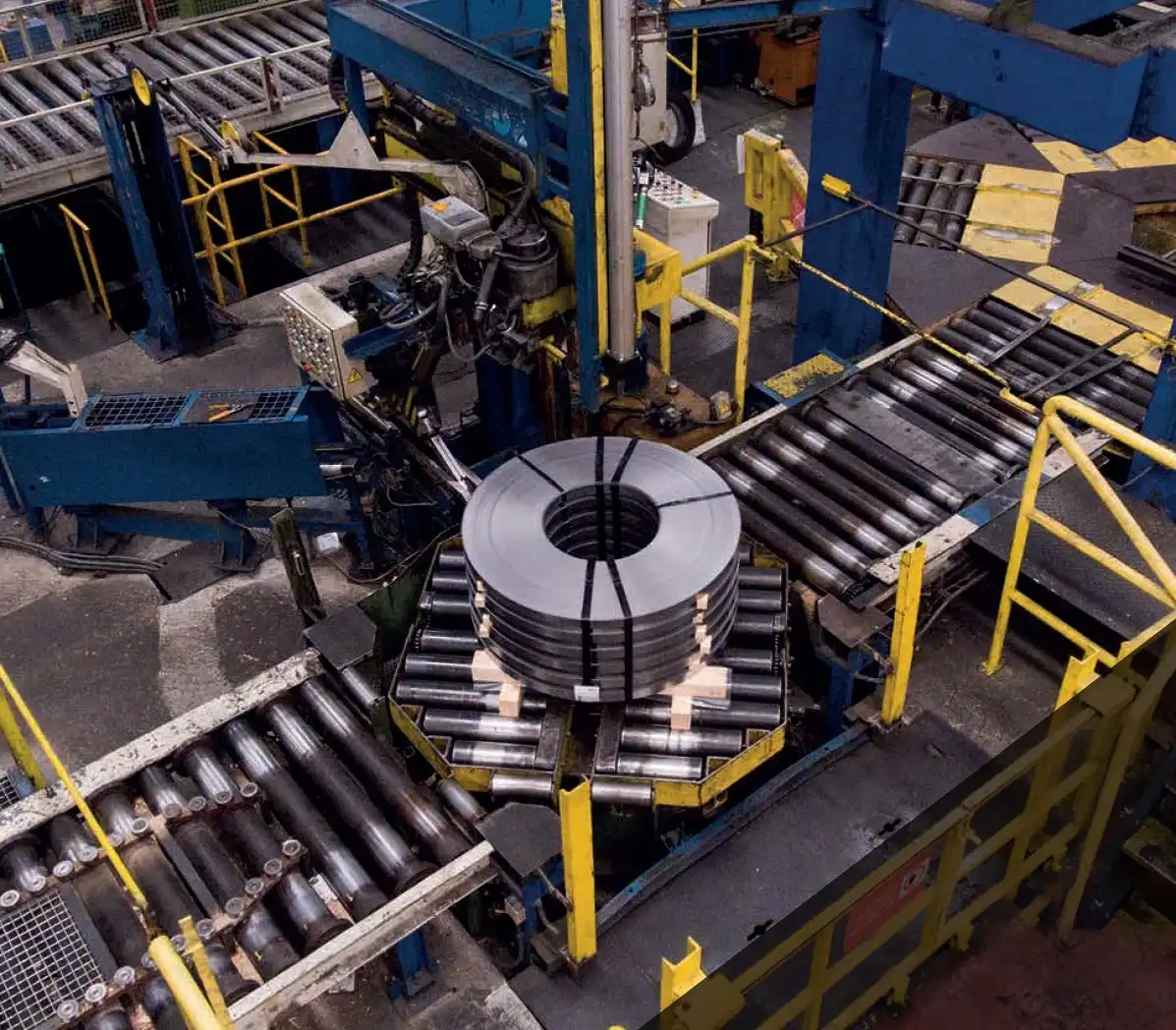Are you struggling with excessive scrap in your film cutting operations? If so, you’re not alone. Implementing a robust scrap reduction strategy is paramount to enhancing profitability and operational efficiency. Let’s explore what factors to consider.
Understanding Scrap and Its Impact
Scrap in manufacturing refers to discarded material resulting from unusable material or deviations from quality standards during production. High scrap rates can significantly impact a company’s bottom line. It’s a critical metric, and understanding its root causes is the first step toward improvement.
What Constitutes Scrap Material?
Scrap material can manifest in various forms:
- Raw Material Scrap: Material rejected due to spoilage or failing to meet specifications before processing.
- Partially Processed Scrap: Components rejected during production stages, carrying added value from labor and processing.
- Finished Goods Scrap: Products failing final inspection and requiring rework or complete disposal.
The Importance of Measuring Scrap Rate
The scrap rate provides a measure of production quality and operational efficiency. A high scrap rate indicates potential quality control issues and inefficiencies.
Formula:
Scrap Rate = (Unusable Units / Total Units Produced) * 100
Calculating scrap costs involves considering materials, rework time, energy consumption, handling, disposal, and quality assurance. This comprehensive analysis enables manufacturers to quantify the financial impact of scrap.

Identifying the Root Causes of Scrap in Film Cutting
Several factors can contribute to increased scrap in film cutting. Understanding these root causes is crucial for developing effective reduction strategies.
Common causes include:
- Poor Equipment Maintenance: Malfunctioning slitters lead to inconsistent cuts and increased waste.
- Operator Error: Insufficient training or incorrect machine operation results in defects.
- Material Sourcing Issues: Poor raw material quality makes it more difficult to achieve accurate and consistent film cutting tolerances.
- Communication Breakdowns: A lack of communication between material suppliers, design teams and operators can create the right storm for costly errors.
Strategies for Reducing Scrap and Optimizing Film Cutting
Effective scrap reduction strategies involve a multifaceted approach, incorporating process improvements, technology implementation, and employee training.
1. Implementing Enhanced Cut-to-Print Registration
Cut-to-print registration is crucial when film cutting involves printed graphics. This is achieved by aligning the cutting path with the printed design. A well-maintained, properly calibrated vision system facilitates a tighter cut-to-print registration, reducing wasted material. If the system is reading the marks correctly and making adjustments in real time. Look for a system that features automated registration mark detection and correction capabilities.
2. Optimize Slitting Techniques
The selection of appropriate cutting blades ensures precise cuts that minimize the risk of edge defects. For example, wrap shear slitting has been proven to achieve tight tolerances, making it ideal for applications requiring high accuracy.
3. Improve Material Handling
Implement best practices for handling raw materials, including proper storage, transportation, and inspection procedures. When using rolls of film, for example, use racks and equipment that are designed for the job.

4. Leverage Advanced Automation
Integrating automation can significantly improve precision and reduce waste.
Key automation features:
- Automatic Knife Positioning: Minimizes setup time and ensures accurate alignment.
- Tension Control Systems: Maintains consistent tension, preventing stretching or wrinkling.
- Real-Time Monitoring: Enables immediate detection of errors and deviations.
5. Conduct Process Audits
Regularly review your film cutting process to identify areas for improvement and eliminate unnecessary steps. Process audits help to uncover deviations and inefficiencies hindering optimal performance.
6. Enhance Employee Training
Investing in comprehensive training programs ensures operators possess the skills and knowledge to operate equipment and monitor processes safely and efficiently.
Data-Driven Decisions
Data analytics can play a pivotal role in identifying scrap trends and optimizing film cutting processes by revealing patterns related to material batches, equipment settings, and operator performance. Implementing a Manufacturing Execution System (MES) can gather and analyze machine-level data, providing real-time insights into the causes of scrap.

Implementing a Scrap Reduction Plan
After identifying areas for reducing scrap, begin working to resolve those challenges by using the following steps:
-
Define Objectives: Set realistic, measurable goals for scrap reduction.
-
Assign Responsibilities: Clearly define roles and responsibilities for implementing the plan.
-
Monitor Progress: Track key metrics to assess the effectiveness of the strategies.
-
Implement Communication: Ensure that all team members have access to real-time production data.
Measuring Success
-
Reduced Scrap Rate: Decreased percentage of unusable material.
-
Increased Throughput: Enhanced production efficiency with reduced rework.
-
Cost Savings: Lower material and disposal costs, leading to improved profitability.
Case Studies
Teel Plastics: By implementing lean principles, Teel Plastics reduced the scrap rate on a large diameter film core extrusion line by more than needed.
BC Machining: By utilizing tool management software, BC Machining nearly eliminated their scrap due to tool wear.
Summary Table:
| Strategy | Description | Benefits |
|---|---|---|
| Precise Cutting Technologies | Use rotary /laser blades, or tangential/shear slitting techniques optimized for distinct materials. | Clean cuts, minimal material deformation, greater precision, faster changeover times, reduced idle time. |
| Enhanced Cut-to-Print Registration | Implement & maintain Vision systems to facilitate tight registration. | Reduced material errors, tighter registration marks, reduce wasted material |
| Automation Strategies | Implement and Integrate knife positioning control, and real time monitoring of operations. | Increased machine efficiency, precision, reduced labor. |
| Data Analytics | Gather machine-level data, analyze trends, and identify causes of scrap. | Real-time insights, proactive adjustments, optimized material usage, improved product quality. |
| Training Initiatives | Provide operators with in-depth knowledge of process control and material handling. | Reduced human error, consistent product quality, enhanced operational efficiency. |

Conclusion
Successfully reducing scrap in film cutting calls for a strategic, holistic approach. By addressing material handling and investing in advanced technologies, businesses can optimize tolerances, minimize waste, and maximize profitability. Using data driven decisions will allow for better resource management.










